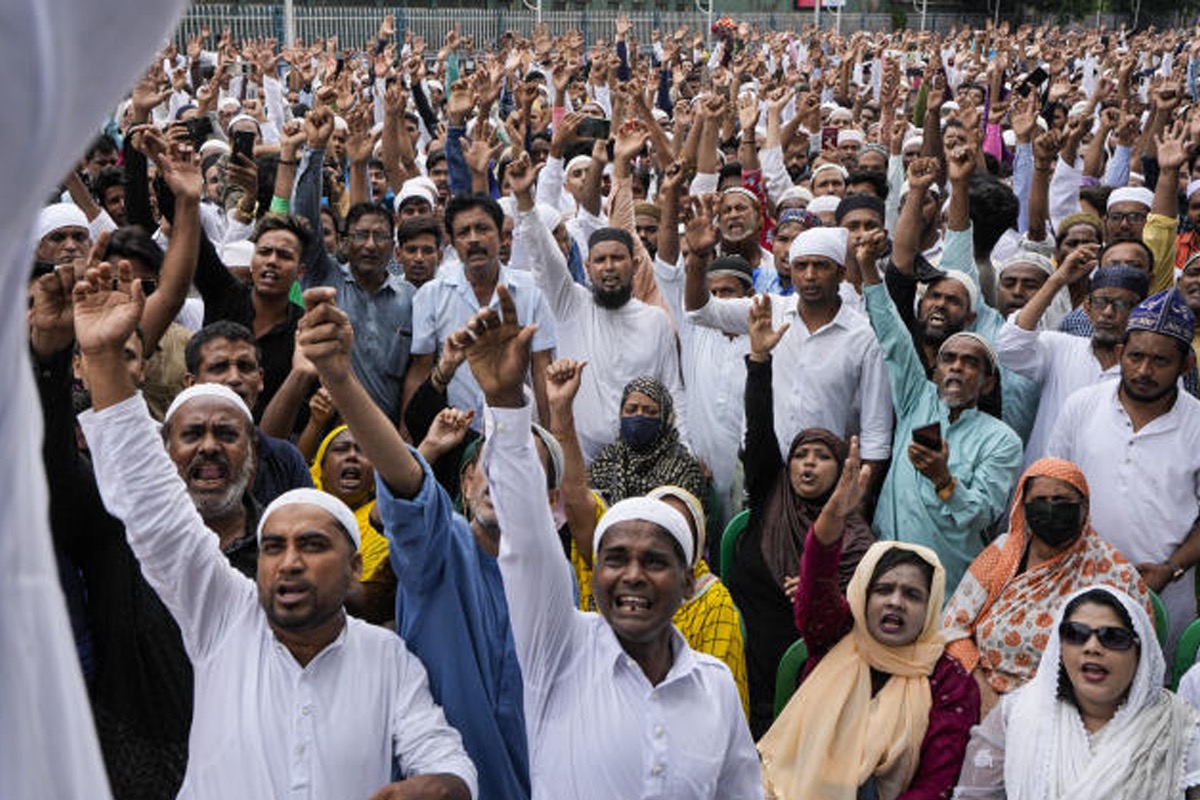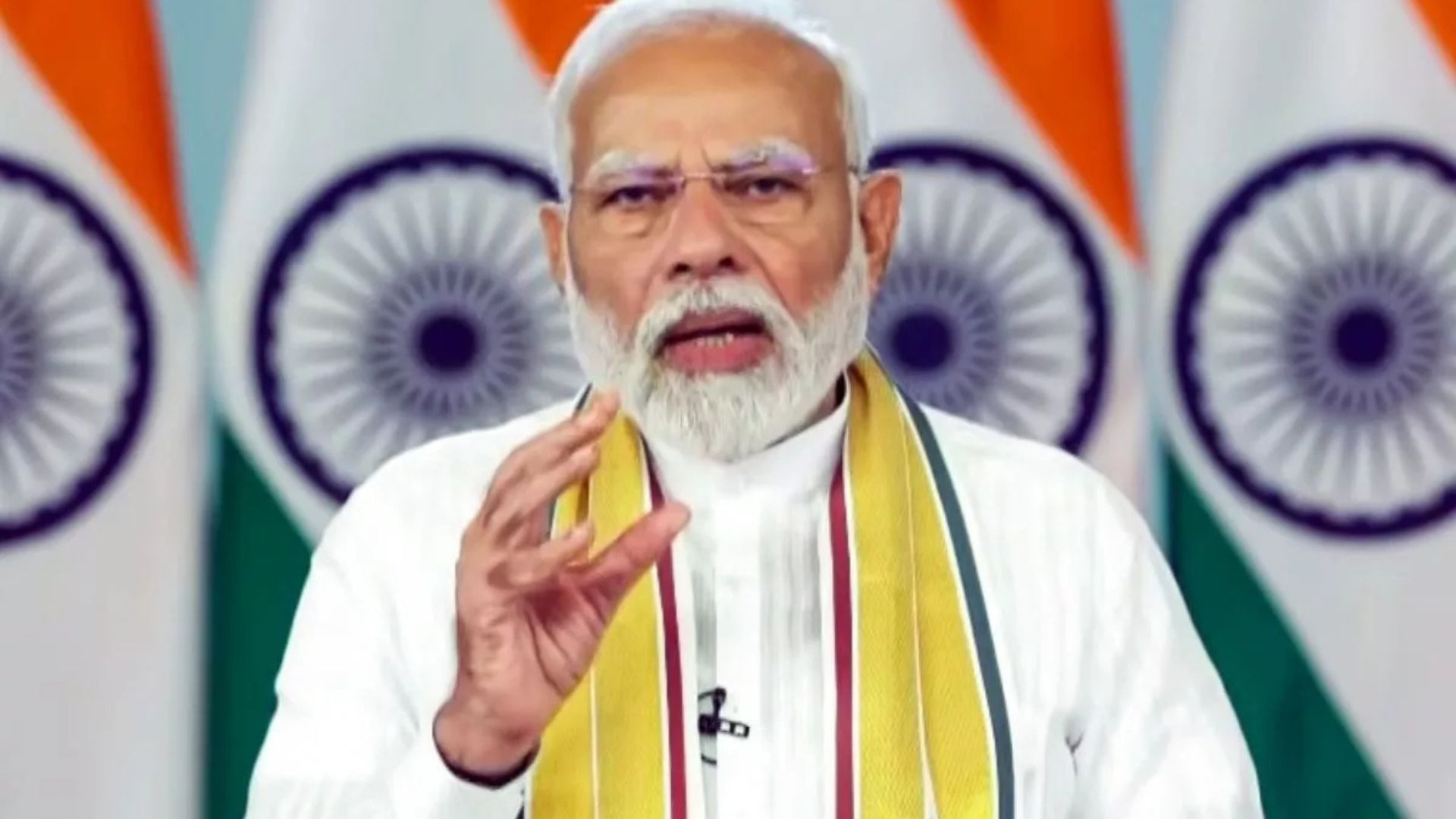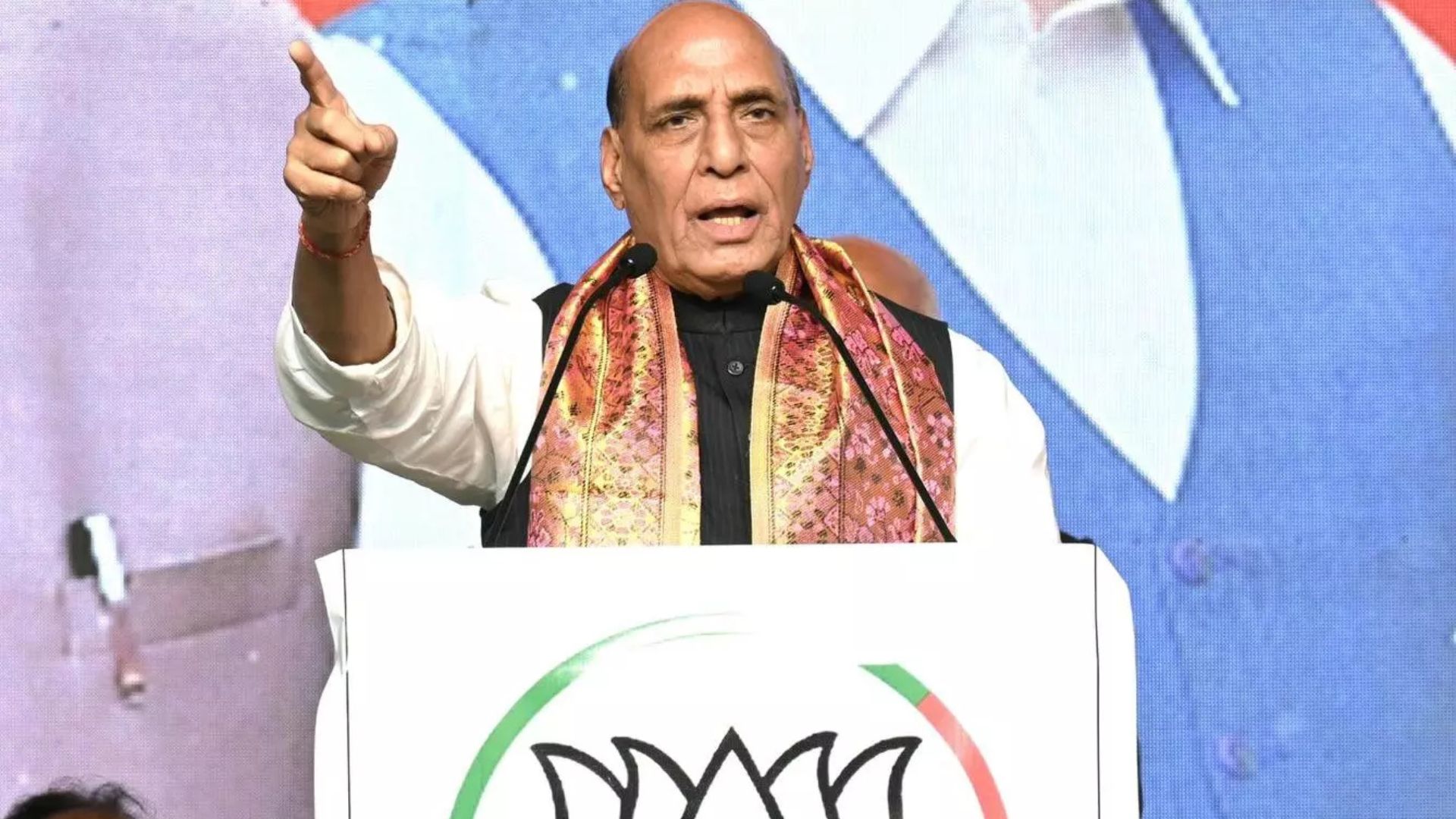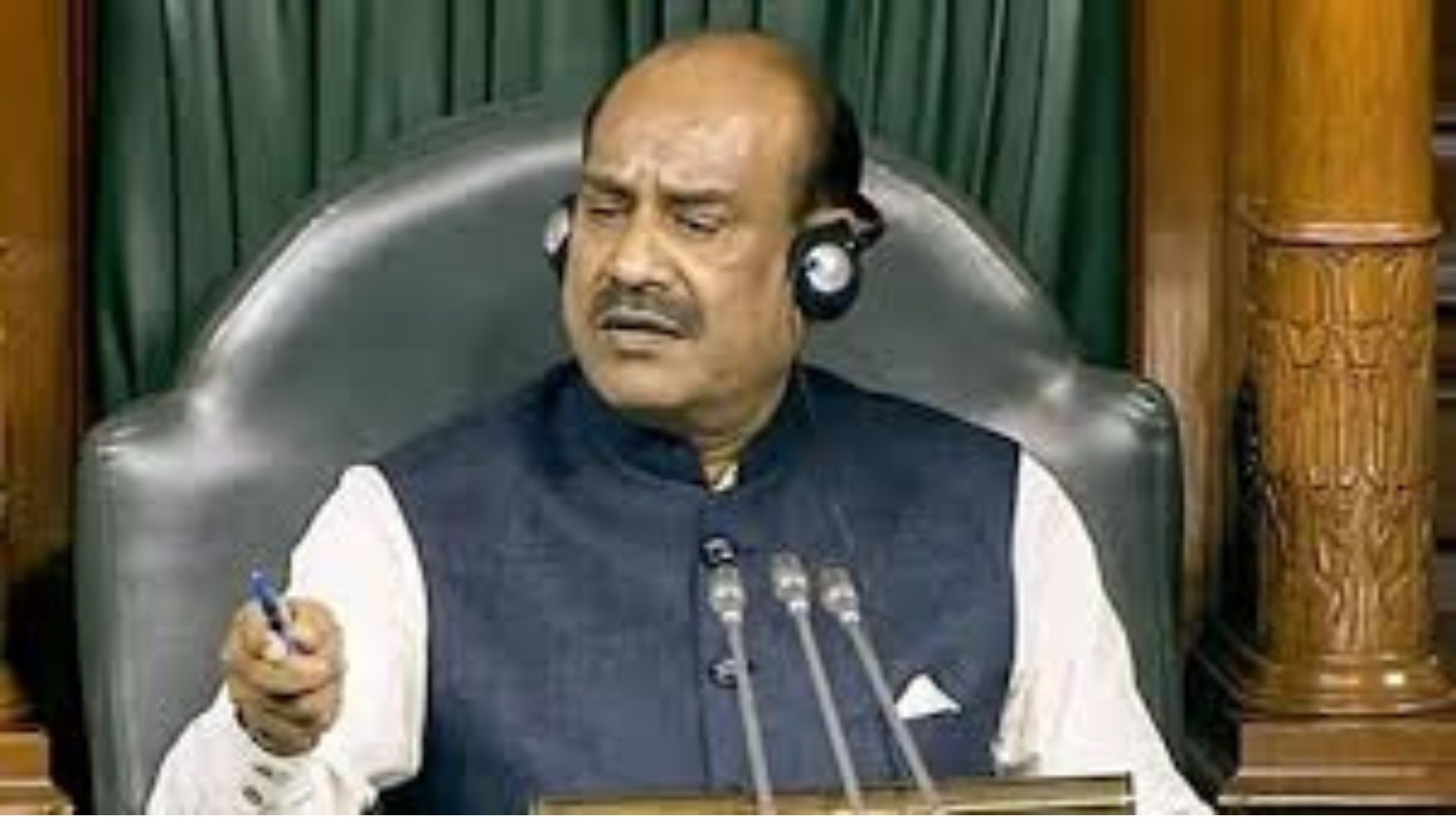
Data-driven decision-making, policy intervention, and community initiatives regarding the development of religious minorities, particularly Muslims, suffer seriously due to the non-availability of timely data. The latest data on Muslims’ socio-economic condition and development participation, including education, date to 2017-18, the 75th round of the National Sample Survey Organisation (NSSO).
It may be wished that the comprehensive data on schools, enrolment, dropouts, retention, progression, etc, collected by the Unified District Information System for Education (UDISE) and the consequent publication of the Annual Flash Report, the UDISE+, by the Ministry of Education (MoE), earlier the Ministry of Human Resource Development (MHRD), could report all the data by social group categories.
Until that happens, we may work with some guess estimates based on UDISE+ data. Here is a broad indicative estimate of Muslims’ enrolment and dropout rates in school education.
The Right to Education (RTE) Act mandates compulsory education for all children up to the elementary level (Classes I to VIII). It has considerably increased enrolment, benefiting all social groups, including the deprived and marginalised sections of society. Religious minorities, including Muslims, have been no exception.
The UDISE+ Flash Report shows that the proportion of Muslims in the total enrolment at the elementary level consistently went up from 13.77 percent in 2015 to 15.20 percent in 2022, the latest year for which the data is available.
This, in other words, means that the proportion of Muslims in elementary education is very close to their share in the country’s population. This is not to deny or undermine variations across different states and districts within the states, but on average, the overall picture is promising.
However, this is not to deny that the growth in Muslim enrolment at the elementary level has been somewhat erratic. 2016, for example, Muslim enrolment at the elementary level declined by 0.26 percent but quickly recovered in 2017. Most critically, Muslim enrolment at the elementary level recorded a decline of 2.19 and 2.40 percent over the previous year in 2018 and 2019.
In aggregate, Muslim enrolment at the elementary level increased from 27.22 million in 2015 to 28.67 million in 2022, reflecting a Compound Annual Growth Rate (CAGR) of 0.65 percent during the 2015-22 octennial period. This growth rate is appreciable because, during the same period, elementary-level enrolment nationally recorded a negative CAGR of 0.58 percent.
The negative rate of growth in elementary enrolment, for the country as a whole, reflects the decline in the estimated population of people aged 6-13 years, the age group relevant for enrolment at the elementary level.
As the relevant age population estimates for various social groups are not available, we can only guess that the rise in Muslim enrolment at the elementary level is primarily because children beyond the age group 16-13 years, who were earlier left out of the schools for one reason or another, are coming back to the fold schools.
The 2017-18 NSSO data indicated that the GER for Muslims was 96.2, compared to the national average of 98.7, at the elementary level (Class I to VIII) of education. At the secondary and senior secondary levels, the GER for Muslims was 61, compared to the national average of 77.8.
UDISE+ does not report the Gross Enrolment Ratio (GER) for Muslims. Hence, we cannot know the current GER and the number and proportion of out-of-school Muslim children. Nevertheless, some guesstimates could be attempted.
The No Detention Policy (NDP) under the RTE Act requires all students to be promoted to the next higher class up to the 8th standard. Assuming an average growth rate in schools and enrolment, one out of every eight students enrolled in the elementary level must be promoted to the IX class every year.
This number is a little over 3.58 million for Muslims in 2022. Ideally, all students admitted to Class IX must complete their courses and get promoted to the X class. This would mean that the number of Muslim children enrolled in Classes IX and XI must be double this number, 7.16 million, to be precise.
The difference between this computed number and the actual enrolment of Muslim children in the secondary level of education can be attributable to their dropouts. According to the UDISE+, the Muslim enrolment at the secondary level is 4.85 million.
This means that as many as 2.31 million Muslim children dropped out of school education by the time they reach X class. In other words, one out of every three children of the Muslim community drops out at this stage alone. These can be the best estimates without data on promotion, repetition, dropout, transition, and retention rates.
As a result, Muslim enrolment at the secondary level in 2022 is only about 12.6 percent of the total enrolment, significantly lower than their share in the population. However, their share has consistently increased from 10.02 percent in 2015.
Had every child completed Class X, been admitted to Class XI, and moved on to Class XII, the senior secondary level Muslim enrolment would have been 4.85 million in 2022. In comparison, their enrolment at this level of education is reported to be 3.09 million, thereby indicating that over 1.72 million Muslim children, or 36.29 percent, drop out.
Consequently, as of 2022, the share of Muslims in the total enrolment at the senior secondary level has further declined to 10.7 percent. The only solace is that the situation seems to have improved since 2015, when the share of Muslims was only 8.34 percent. These estimates are based on a crude methodology but are generally close to the situation on the ground.
While we may expect and demand the governments to create conditions and capacity and offer incentives, the Muslim community must campaign to ensure that children completing the VIII and X classes must progress to the following higher classes. Communication, motivation, mobilisation, facilitation, and mitigating financial distress are critical challenges that the community must address to minimise their educational backwardness.
Furqan Qamar, a Professor of Management at Jamia Millia Islamia, is a former Advisor (Education) in the Planning Commission and Vice Chancellor of the University of Rajasthan and the Central University of Himachal Pradesh.















